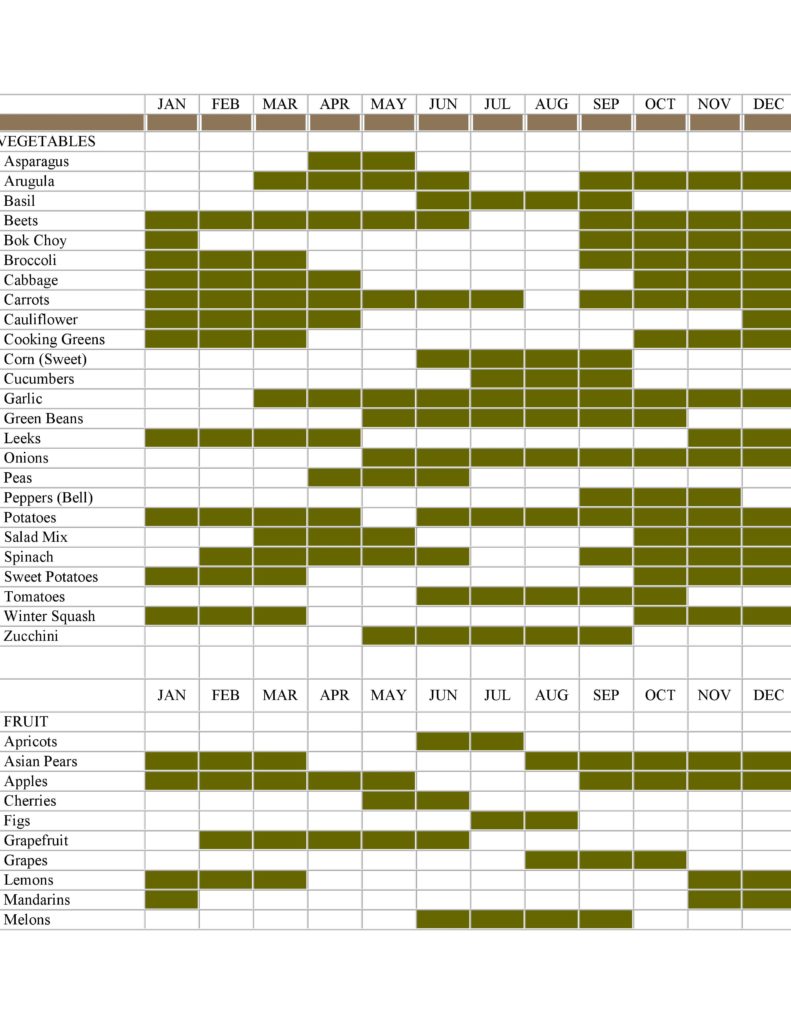
They show that reported inflation was probably overstated so far this year. Instead, these factors are sizable and statistically significant. If there were no residual seasonality, then the seasonal factors would all be zero. These seasonal factors show the size of a second seasonal adjustment correction to the published three-month annualized core PCE inflation. This technique provides seasonal adjustment factors that differ for each quarter and vary over time, as shown in Figure 2. This pattern has been especially evident during the past five years, when core PCE inflation averaged a little less than 2% in the first half of the year but closer to 1¼% in the second half.Ĭhanges to core inflation by quarter from a second seasonal adjustment For several decades, inflation has tended to be higher in the first half of the year than in the second half. Figure 1 shows the average core PCE inflation rate by calendar quarter for each decade back to the 1980s-where inflation is measured as the three-month annualized percent change as of the last month of each quarter. We investigate residual seasonality in core PCE inflation using the approach of Rudebusch et al. Residual seasonality in core PCE inflation Still, we argue that the potential adverse impact of residual seasonality on monetary policy is likely to be small. We uncover significant residual seasonality in the published data on inflation and real GDP. This Economic Letter considers how much confidence policymakers can have in the signals from recent data in light of concerns about residual seasonality. It thus helps Fed officials gain confidence that inflation is stabilizing and could be poised to inch higher from low levels.” That is below the Fed’s 2% target but firmer than earlier months and firmer than many private analysts expected. As one reporter (Hilsenrath 2015) noted: “Consumer prices, excluding food and energy, rose at a 1.8% annual rate in the second quarter. Furthermore, the “core” version of this price index, which excludes volatile energy and food prices, has grown notably faster so far this year than it did last year.

Such a misstatement could be particularly problematic because the PCE price index is widely used to assess underlying inflationary trends-particularly by Fed policymakers. As a result, it would not be surprising if the PCE price data were also plagued by residual seasonality. However, a key measure of prices-the price index for personal consumption expenditures (PCE)-is also seasonally adjusted by the BEA using the same methodology that it uses to construct GDP. Thus far, the analysis of residual seasonality has only focused on real GDP data. Accordingly, the very weak readings on real GDP for the first quarter of this year have been a concern to Federal Reserve policymakers as they try to discern whether the sluggish reported growth reflects residual seasonality or more fundamental factors (Yellen 2015). Such “residual seasonality” in the published seasonally adjusted real GDP data should be taken into account when assessing the state of the economy. Indeed, since 1990, average real GDP growth has been significantly slower during the first three months of each year than in the subsequent quarters. Recently, a number of commentators have argued that the seasonal adjustment of real GDP by the Bureau of Economic Analysis (BEA) is incomplete and understates growth early in the year (see, for example, Rudebusch, Wilson, and Mahedy 2015). Because such variation obscures the underlying cyclical movements of the economy, most economic data are reported on a seasonally adjusted basis.

Still, such residual seasonality in the published output and inflation statistics is unlikely to mislead Federal Reserve policymakers or adversely affect the setting of monetary policy.Īlmost all economic data exhibit seasonal fluctuations-changes that occur around the same time each year due to such things as normal weather variation and holiday schedules. A similar pattern of insufficient seasonal adjustment also affects the published data for a key measure of price inflation. Much recent discussion has suggested that the official real GDP data are inadequately adjusted for recurring seasonal fluctuations.


 0 kommentar(er)
0 kommentar(er)
